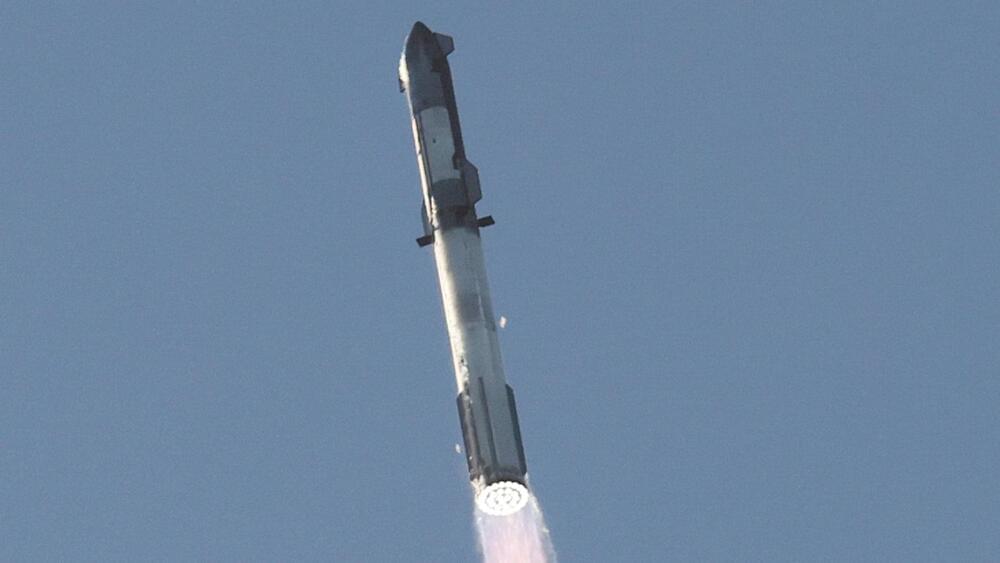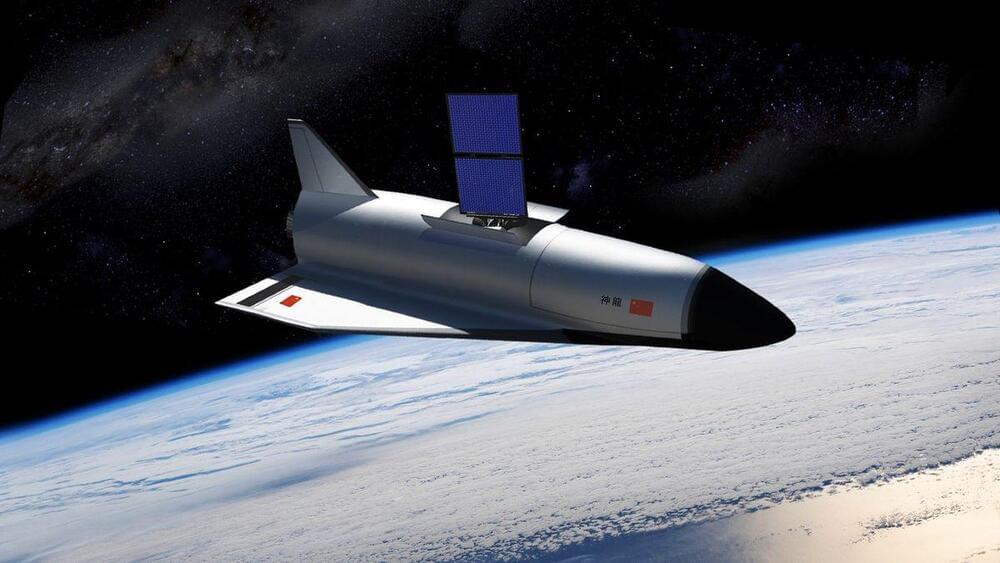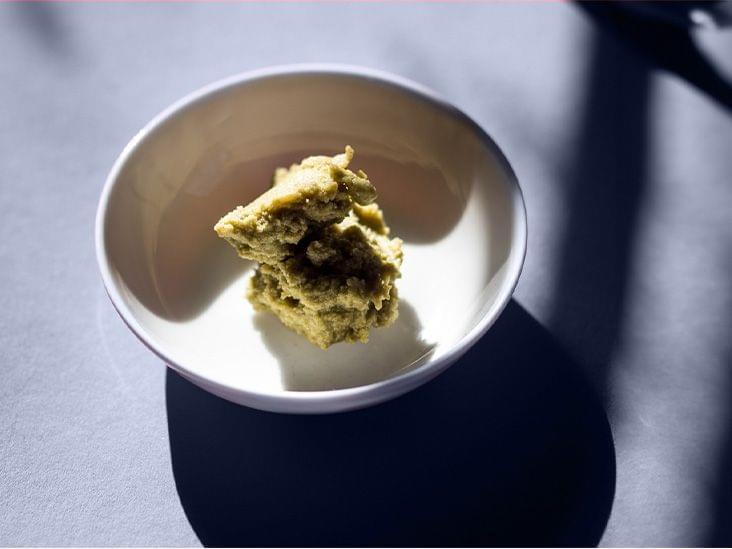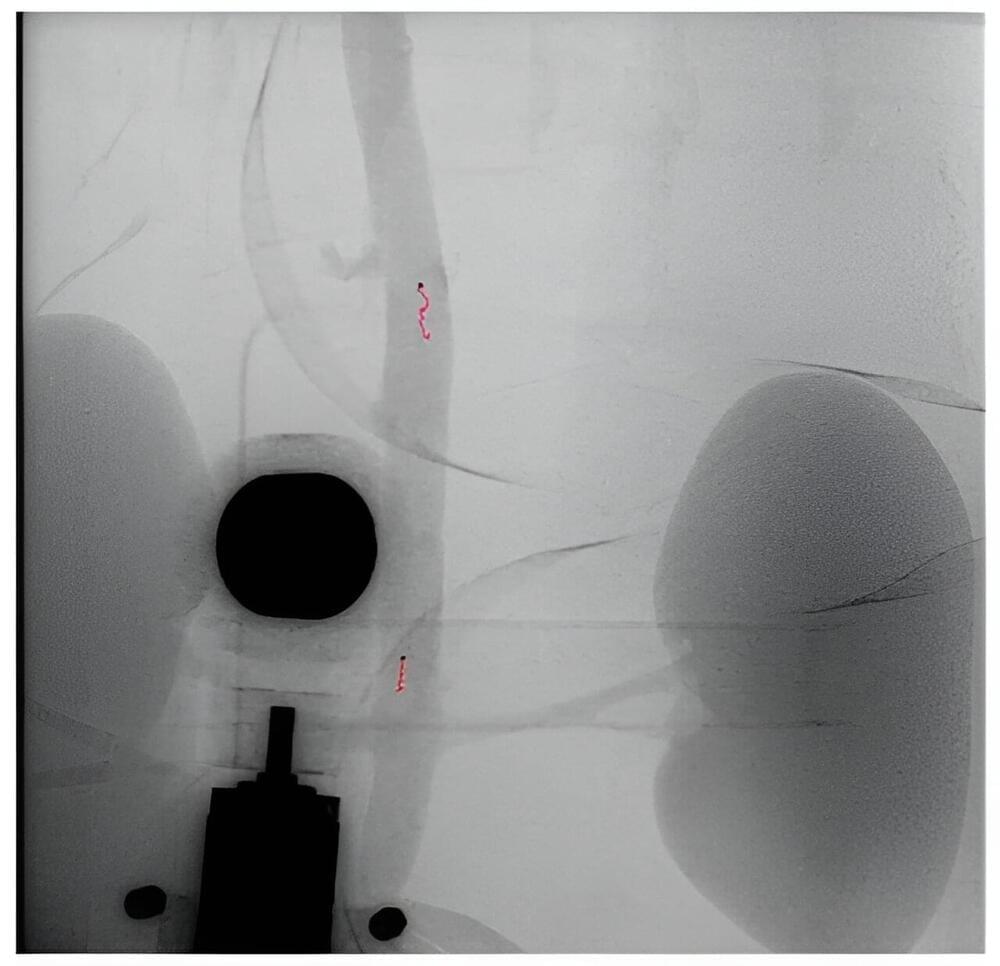RELATED: OpenAI CEO Sam Altman celebrates ChatGPT’s first birthday
If the deal with German publisher Axel Springer pulls through, it’s highly likely that reports citing ChatGPT’s decline in accuracy will reduce significantly. OpenAI will also get access current and archived news articles across the publisher’s brands, which it will use to train its LLMs. The chatbots will also refer back to the original source to provide absolute transparency to users. And since its a mutual partnership, Axel Springer will also leverage OpenAI’s resources to further enhance and improve its products.
What are your thoughts on OpenAI’s first attempt to compensate publishers and websites for using their content to train its AI models? Let us know in the comments.








